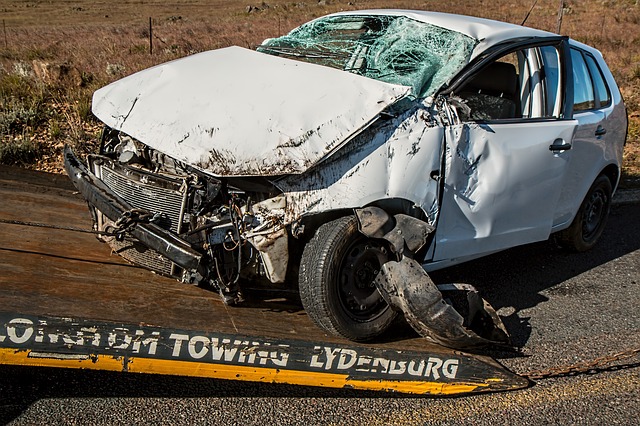6 Common Misconceptions Regarding Who’s at Fault in a Car Accident

Hi, I am Betty Knight, Owner of this site! I…
Being involved in an automobile accident is always traumatic. Telling yourself it is not your fault is a common way to manage the stress. But, who’s a fault is it?
Many factors go into assigning responsibility for an accident, including the six mentioned below. To assist your insurance company with determining liability, gather as much evidence as you can, such as photos of both vehicles and the accident scene.
In these instances, you might want a kansas city car wreck lawyer on your side.
- No-Fault states
No-fault does not mean that no one is at fault for an automobile accident. Currently, 12 states have no-fault insurance laws that require all residents who purchase car insurance to include Personal Injury Protection (PIP) coverage. PIP covers the policyholder’s accident-related medical bills up to a certain dollar amount.
Once an injured person exceeds their PIP coverage limits, they may sue the other driver for personal injury damages if that other party’s at least partially at fault. Consult your personal injury attorneys for advice and support moving forward.
There is no PIP coverage for property damage, so the fault is the determining factor for whose insurance company pays to get your car repaired.
- State Lines
Traffic laws vary from state to state and are instrumental in determining fault in an auto accident. Also, jurisdictions differ in their laws allowing an injured person to collect damages from the other party to the accident. The three approaches include:
- Pure contributory negligence, which is currently the law in five states, requires the injured party to be without fault to receive compensation.
- Comparative negligence, which is currently the law in 12 states, allows the injured party to receive damages for the percentage of fault assigned to the other driver.
- Modified comparative negligence, which is currently the law in 33 states, bars the injured party from collecting damages if they are 50% or more at fault for the accident.
- Police Report
The police report is not the final say as to fault in an automobile accident. The officers will gather information, talk to witnesses, and may take pictures. If they share their opinion regarding fault, it is just that—an opinion. Very likely, they did not witness the accident and did not know what happened. The fault is ultimately determined by the insurance companies and in court, if necessary.
- T-Bone Collisions
A frequent type of auto accident is the T-bone or side-impact collision. For example, a driver makes a left turn and is struck on the right side by an oncoming vehicle. A t-bone accident is not a cut-and-dry liability situation even though it might appear as though the turning car failed to yield the right of way.
What if the turning car had a left-turn traffic signal and the other vehicle ran a red light? Or, what if the oncoming vehicle did not have their lights on after dark? T-bone collisions often result in a comparative or modified comparative negligence decision based on the individual case’s facts.
- Low-Speed Collisions
Another common type of auto accident is low-speed collisions, which typically happen in parking lots. The majority involve an impact between one vehicle backing out of space and the other passing by in the travel lane. The fault is usually assigned in whole or in part to the backing vehicle but, as we said with the t-bone collision, nothing is etched in stone when determining liability.
- Rear-End Collisions
A large percentage of all automobile accidents are rear-ended collisions. Although many drivers believe that fault always rests with the rear-ending vehicle, that is not always the case. A thorough investigation by the insurance company may reveal facts that can make this a comparative negligence case.
Keep these facts in mind should you ever be involved in an auto accident. Do not accept responsibility at the scene or to the insurance companies. An in-depth investigation into the incident will determine the fault.
What's Your Reaction?
Hi, I am Betty Knight, Owner of this site! I am a 'nearing 30-year-old', happily married to 1 awesome man. We live in the beautiful tourist town of Franklin NY.



